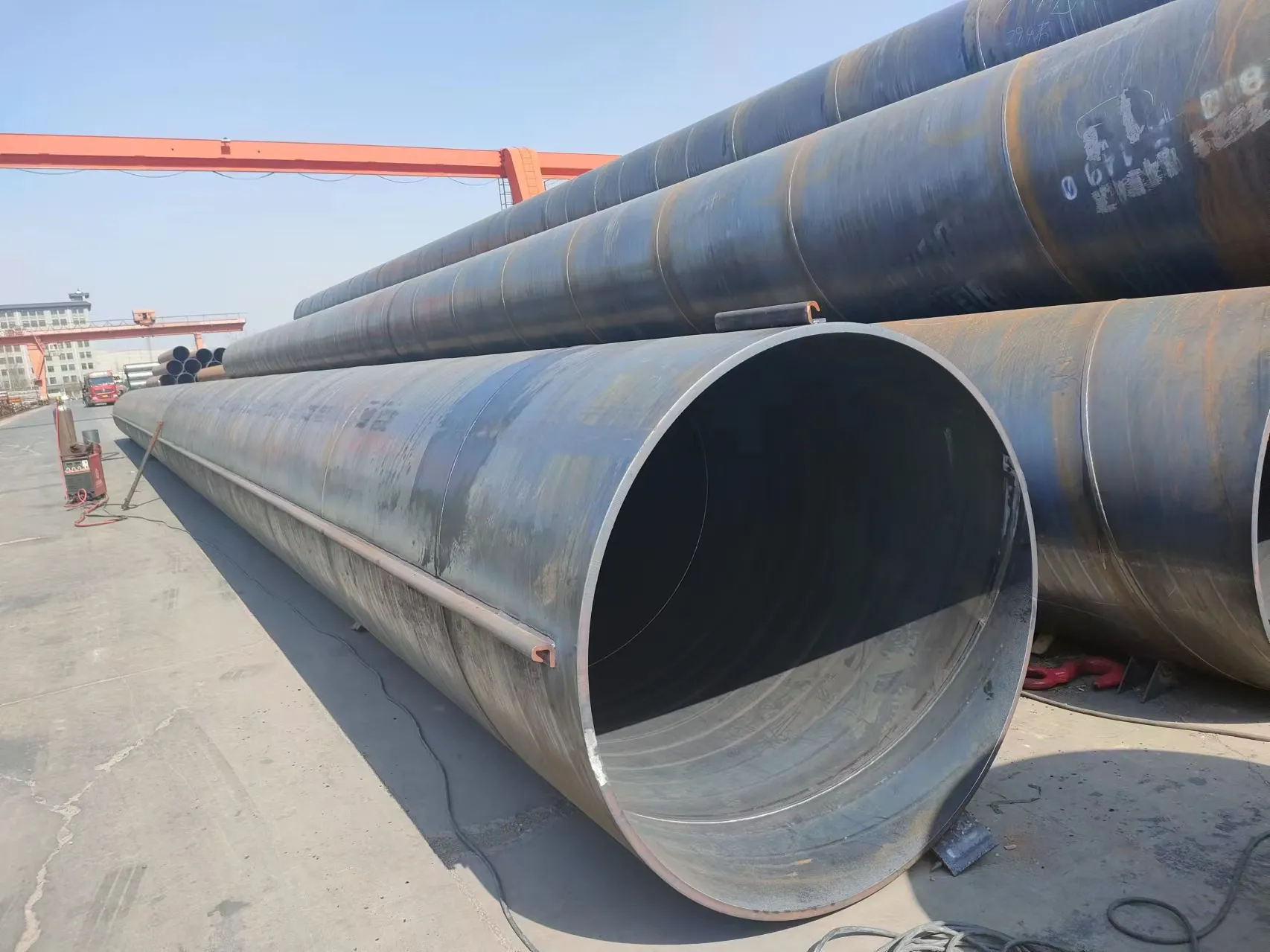-
Cangzhou Yulong Steel Co., Ltd.
-
Phone:
+86 13303177267 -
Email:
admin@ylsteelfittings.com
- English
- Arabic
- Italian
- Spanish
- Portuguese
- German
- kazakh
- Persian
- Greek
- French
- Russian
- Polish
- Thai
- Indonesian
- Vietnamese
- Zulu
- Korean
- Uzbek
- Hindi
- Serbian
- Malay
- Ukrainian
- Gujarati
- Haitian Creole
- hausa
- hawaiian
- Hebrew
- Miao
- Hungarian
- Icelandic
- igbo
- irish
- Japanese
- Javanese
- Kannada
- Khmer
- Rwandese
- Afrikaans
- Albanian
- Amharic
- Armenian
- Azerbaijani
- Basque
- Belarusian
- Bengali
- Bosnian
- Bulgarian
- Catalan
- Cebuano
- China
- China (Taiwan)
- Corsican
- Croatian
- Czech
- Danish
- Esperanto
- Estonian
- Finnish
- Frisian
- Galician
- Georgian
- Kurdish
- Kyrgyz
- Lao
- Latin
- Latvian
- Lithuanian
- Luxembourgish
- Macedonian
- Malgashi
- Malayalam
- Maltese
- Maori
- Marathi
- Mongolian
- Myanmar
- Nepali
- Norwegian
- Norwegian
- Occitan
- Pashto
- Dutch
- Punjabi
- Romanian
- Samoan
- Scottish Gaelic
- Sesotho
- Shona
- Sindhi
- Sinhala
- Slovak
- Slovenian
- Somali
- Sundanese
- Swahili
- Swedish
- Tagalog
- Tajik
- Tamil
- Tatar
- Telugu
- Turkish
- Turkmen
- Urdu
- Uighur
- Welsh
- Bantu
- Yiddish
- Yoruba

aug . 05, 2024 20:44 Back to list
Different Types of Industrial Flanges and Their Applications in Various Sectors
Industrial Types of Flanges
Flanges are critical components in various industries, serving as connectors between piping systems and equipment. They are widely utilized due to their ability to provide a reliable, leak-proof seal, making them indispensable in chemical, oil and gas, water supply, and many other applications. Understanding the different types of flanges is essential for engineers and technicians engaged in the design and maintenance of piping systems.
1. Weld Neck Flanges
Weld neck flanges are often used in high-pressure applications. They feature a long tapered neck that makes them easier to align and weld. The design helps in reducing stress concentration, which contributes to better performance under high temperatures and pressures. This type of flange is most commonly found in industries like oil and gas, chemical processing, and power generation.
2. Slip-On Flanges
Slip-on flanges are designed to slide over the pipe and then be welded in place. This type of flange is easier to align and requires less machining compared to weld neck flanges. They are convenient for low- to medium-pressure applications and are frequently used in piping systems where alignment is crucial. However, it is essential to consider that slip-on flanges can be less effective in high-pressure situations due to potential leakage at the weld.
3. Blind Flanges
As the name suggests, blind flanges do not have a hole in the center. Instead, they are used to seal the ends of piping systems. Blind flanges are critical for maintenance and testing, as they can easily be removed to access the interior of the pipe. Their robust nature makes them suitable for high-pressure environments, such as those found in water treatment plants and petroleum refineries.
industrial types of flanges

Threaded flanges have internal threads that allow them to be screwed onto the pipe. This type of flange is advantageous in applications where welding is not possible or desirable. They are often used in lower-pressure systems and in environments that require frequent disassembly, as the threaded connection allows for easy removal. However, they are typically not recommended for high-pressure applications because of the risk of leakage.
5. Socket Weld Flanges
Socket weld flanges are similar to slip-on flanges but designed to fit over the pipe. The pipe is inserted into a socket, and a fillet weld is made around the joint. This design helps to ensure a strong, clean connection that can withstand high pressure. Socket weld flanges are commonly used in small-diameter piping systems in the chemical and oil and gas industries.
6. Lap Joint Flanges
Lap joint flanges consist of a flat flange and a matching stub end. They are typically used in applications where frequent dismantling is necessary. The flanges do not have a weld connection, making it easy to align and rotate. However, lap joint flanges are best suited for low-pressure systems.
Conclusion
In summary, the selection of the appropriate type of flange depends on various factors, including pressure requirements, the medium being transported, and the need for maintainability. Each type of flange offers distinct advantages and disadvantages that play a crucial role in the overall efficiency of the piping system. Proper understanding and careful selection of flanges can enhance the reliability and safety of industrial operations, ensuring that systems operate smoothly without the risk of leakage or failure. Therefore, professionals in the field must be knowledgeable about the different industrial types of flanges to make informed decisions that align with their specific applications.
Latest news
-
ANSI 150P SS304 SO FLANGE
NewsFeb.14,2025
-
ASTM A333GR6 STEEL PIPE
NewsJan.20,2025
-
ANSI B16.5 WELDING NECK FLANGE
NewsJan.15,2026
-
ANSI B16.5 SLIP-ON FLANGE
NewsApr.19,2024
-
SABS 1123 FLANGE
NewsJan.15,2025
-
DIN86044 PLATE FLANGE
NewsApr.19,2024
-
DIN2527 BLIND FLANGE
NewsApr.12,2024
-
JIS B2311 Butt-Welding Fittings LR/SR 45°/90° /180°Seamless/Weld
NewsApr.23,2024











